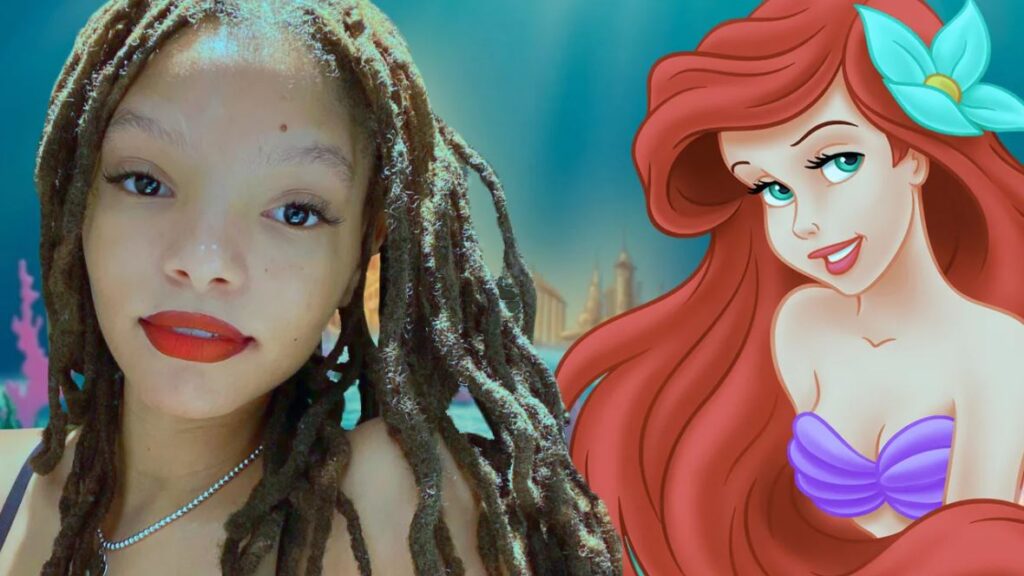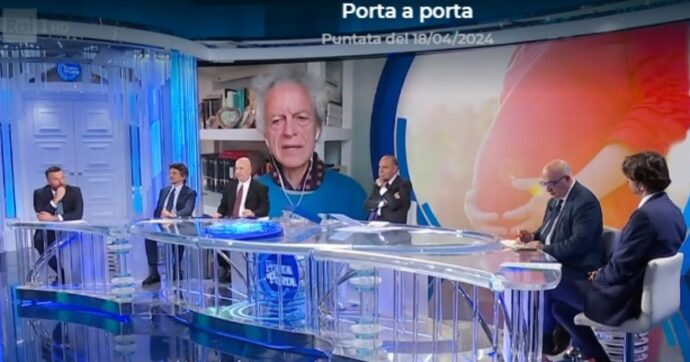What do we mean when we talk about inclusivity in the media? Inclusion refers to the act of integrating socially marginalized individuals or groups. It means respecting and accepting each person’s diversity. Various groups have been discriminated against throughout history for reasons such as gender, race, culture, sexual orientation, religion, etc.
Inclusion must originate in different spheres, such as the family, cultural, or educational environments. But, without a doubt, the media plays a fundamental role in promoting the inclusion of disadvantaged groups in society. Nowadays, the media has evolved. When we talk about ‘media,’ we no longer refer only to television, radio, or press, but also to all the opportunities offered by the applications we can have on our smartphones. All those channels and social networks that, in one way or another, unite us and make us participants in society.
The importance of inclusion in the media
The media should promote pluralism and diversity, fundamental pillars for creating an independent and free media environment with a variety of ideas and opinions.
Whether directly or indirectly, the content offered by the media can convey messages of this nature. Through documentaries, series, interviews, different perspectives and experiences are showcased to help break down barriers.
It is essential for the media to be able to offer a global view of the world, to include and represent diversity. Because this is the reality of society, with its different cultures, identities, sexual orientations. In fact, only in this way can inclusion and equality be promoted.
Racial differences
The inequality and inclusion based on racial grounds has been one of the first battles fought by society. In fact, it seems as if it has already been overcome because it is now common to see characters of different races and backgrounds integrated into the main storyline or even as protagonists in television series or movies. However, sometimes situations arise that remind us that everything has not yet been overcome. Just remember the uproar caused in 2019 by the news that Halle Bailey would be the protagonist of The Little Mermaid.
Among the criticisms, there were those who argued that an actress of color could not play the role of the young red-haired, white-skinned mermaid from Disney’s animated film because she did not match the physical characteristics of the animation. And among the supporters, there were those who pointed out that the world has changed since the original story was written. Not forgetting that the most important feature of the little mermaid is her voice…
And amid this debate, black girls were surprised to finally see on screen a protagonist with their same skin color.
Similarly, from a journalistic standpoint, newsrooms should aim to include individuals from diverse backgrounds in their staff and strive to incorporate the new ideas they can bring.
I am very grateful to reinvent Ariel and show other beautiful black girls that: ‘Hey, you can do this too, you are magical and mythical, and all the beautiful things in between’.
Halle Bailey

Gender equality
The role and representation of women in the media is one of the most significant changes we are witnessing today. While stereotypes between men and women have shifted, the perception of it is still not at the same level. It is necessary to debunk certain ingrained behaviors that contribute to perpetuating this inequality. Undoubtedly, the use of non-sexist language is a very important step that is already being appreciated. Journalists are much more careful with language when referring to the portrayal of women in a news story.
However, at times this equality is challenging to uphold, even when discussing issues specific to women. For instance, in April 2024, on an Italian television program on Rai (public broadcaster), seven men debated abortion on a roundtable. Not a single woman was given a voice on a topic that speaks to women’s bodies and rights. Whether for or against, it is a topic where female presence was necessary.

Disability
In the world of fashion, campaigns and collections dedicated to them feature people with disabilities who have already overcome many barriers.
However, people with disabilities still do not feel accurately represented in the media. It is important for journalists to consider how historical stereotypes have evolved to overcome this misrepresentation, offering a more accurate portrayal of this community.
In this social group, it is important to consider the accessibility they have. It is important to include subtitles, sign language versions, audio transcriptions, or Braille (in print).
LGBT Collective
This is another of the collectives that in recent times is gaining greater relevance in terms of inclusion. It is becoming increasingly common to include gay people in television debates, not because of their sexual orientation but because of who they are. However, the LGBT community believes that the content that includes relationships between people of the same sex is the only one that enjoys acceptance. The same does not happen with gender diversity, bisexuality, asexuality, and pansexuality.
The Power of the Media
The power of the media compels them, in a way, to be builders of real inclusion for all groups. They offer truthful representations, highlighting the authenticity of each group.
Only in this way will it be possible to break down stereotypes to create an egalitarian and respectful society. They reflect a changing world, where these changes bring differences that add value. Differences that create original aspects from what some consider flaws. Because, as the song by Jarabe de Palo says, ‘there is no future in purity, richness lies in the mix’.





